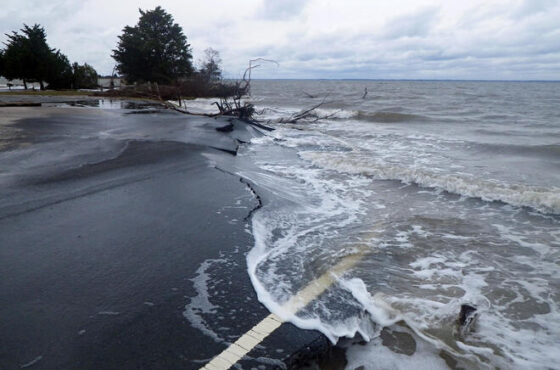Valuing Distributed Energy Resources: A California Update
Published by the Natural Resources Defense Fund
My colleague, former NRDC Fellow Dan Aas, is co-author of this blog entry.
California is on the leading edge of finding ways to value and manage the growth of clean energy technologies installed in homes and businesses. These technologies include rooftop solar, battery storage, electric vehicles, and more. The California Public Utilities Commission (CPUC) is kicking off the next phase of the process to value these resources in utility resource planning, part of a larger, ongoing Distributed Energy Resources Action Plan.
What benefits and for whom?
By virtually any measure California is the largest market for these technologies—also called distributed energy resources (DERs)—in the country. DER economic issues boil down to how much value these local energy technologies create and for whom.
In some contexts, DERs hold the potential to meet electric power grid needs at lower costs compared to conventional alternatives like new power lines or large power plants. For example, installing batteries or devices that turn off electric appliances on command in certain locations could avoid spending money on infrastructure. In other cases, additional grid investments may be needed to ensure that the rapid growth of DER technologies does not adversely affect the reliability of the electric grid.

Creative Commons License
At present, no consensus methodologies exist to compare competing claims about the costs and benefits to the grid of solar generation, battery storage, energy efficiency, electric vehicles, and other DERs. DER advocates see a host of uncompensated services being provided by these technologies that DER owners and DER project developers do not get paid for. But some utilities and consumer advocates are concerned that one group of customers’ DER installations will raise costs for all users of the grid and decrease the reliability of the system as a whole.
A tool to assess DER value
Recognizing this gap, the CPUC initiated a process in 2015 to develop a methodology for determining DER value, which is called a Locational Net Benefits Analysis (LNBA). The commission tasked the state’s three investor-owned utilities with developing a tool to quantify DER value, with assistance from a Working Group composed of both utility and external experts. This tool is meant to ensure that a broad set of DER services are valued. DER value might include savings on grid maintenance, ensuring reliable power for customers, and avoiding expensive investments in grid infrastructure. Uses of this tool envisioned by the CPUC range from evaluating specific DER projects to calculating appropriate utility rates for customers with DERs like solar installed at their homes.
Over the past year, the DER Working Group has made progress implementing the commission’s ambitious vision, though challenges remain. In January, the utilities issued a draft version of the LNBA tool that was largely viewed by working group participants as a useful initial step. This month the utilities will submit requests to the commission to launch DER pilot projects that will avoid spending on grid infrastructure such as sub-station upgrades to manage increased demand for energy during certain times of year, and the LNBA methodology will be used to evaluate these projects.
However, the tool has a long way to go before it fulfills the commission’s vision. The next phase of the Working Group will kick off a process to hash through a set of more complex and contentious issues. They include: how “smart” controls on rooftop solar panels (which can be used to respond to power quality issues on the grid, for example) can be valued, how multiple DERs functioning at the same time in one location can be coordinated and accounted for, and how DERs can be valued over a longer time horizon than is included in the first version of the tool (which is less than10 years).
While many unresolved issues must be addressed before the LNBA process can be deemed a success, we are confident that the state’s clean energy technology and policy community is up to the task. Getting these values right will enable utilities to better and more affordably manage the grid, while also rewarding customers who invest in DER technologies that provide the greatest benefits to the electric system.
Read the full article at: https://www.nrdc.org/experts/valuing-distributed-energy-resources-california-update





